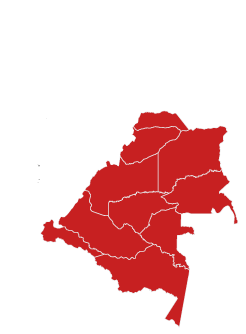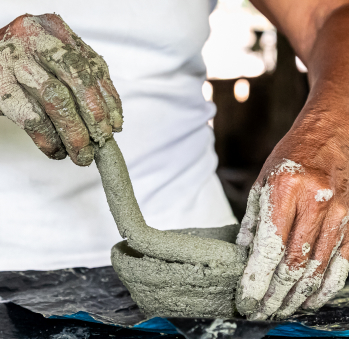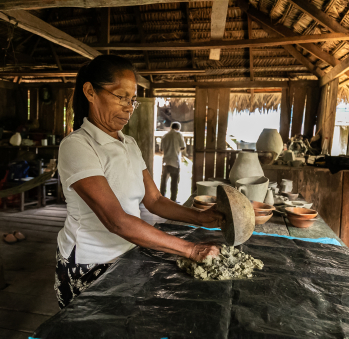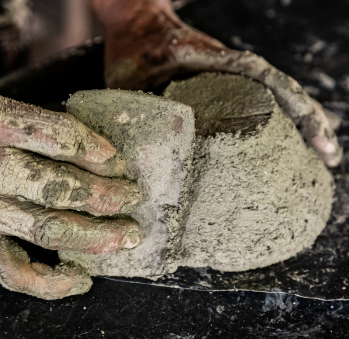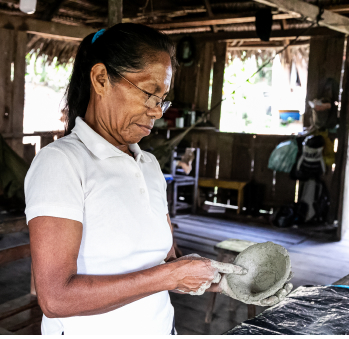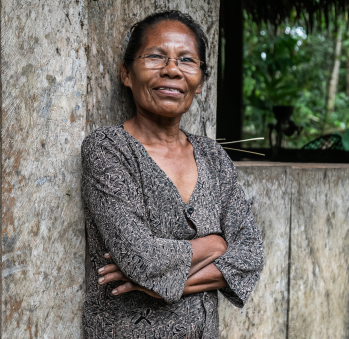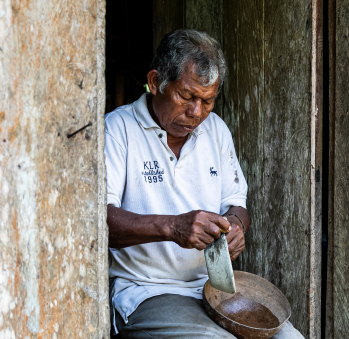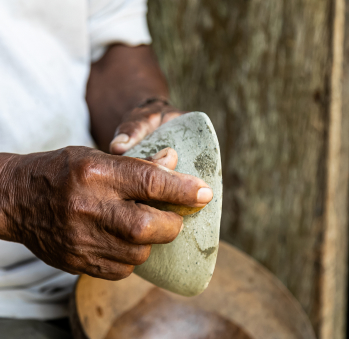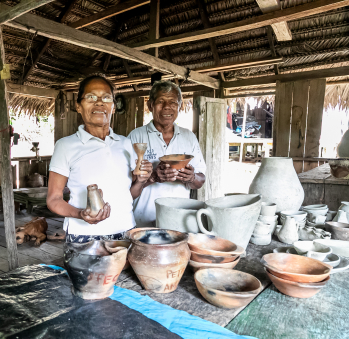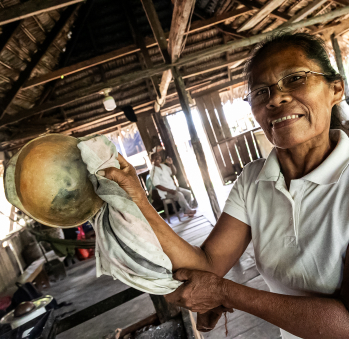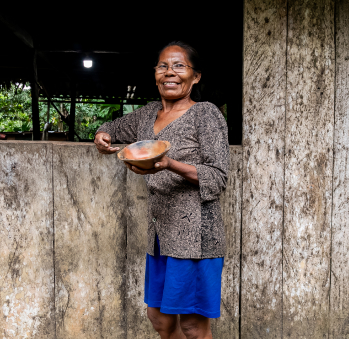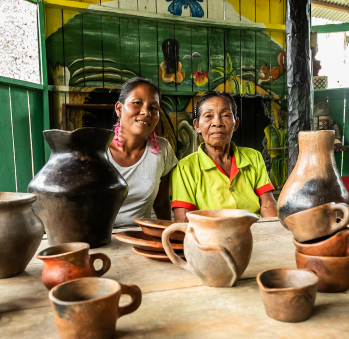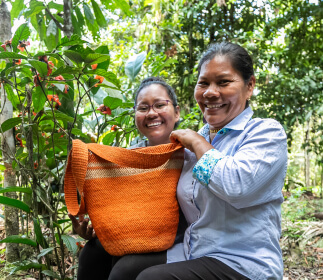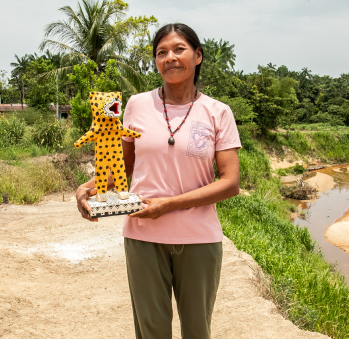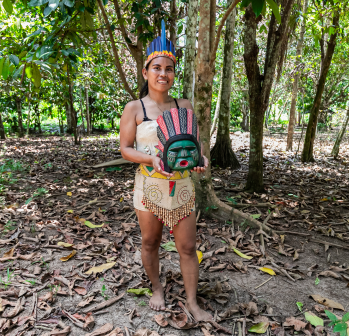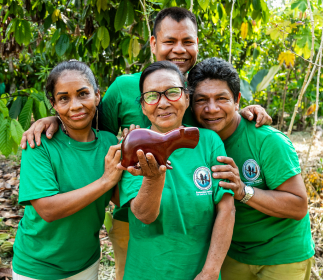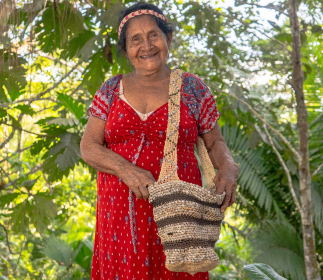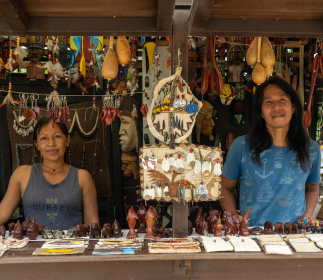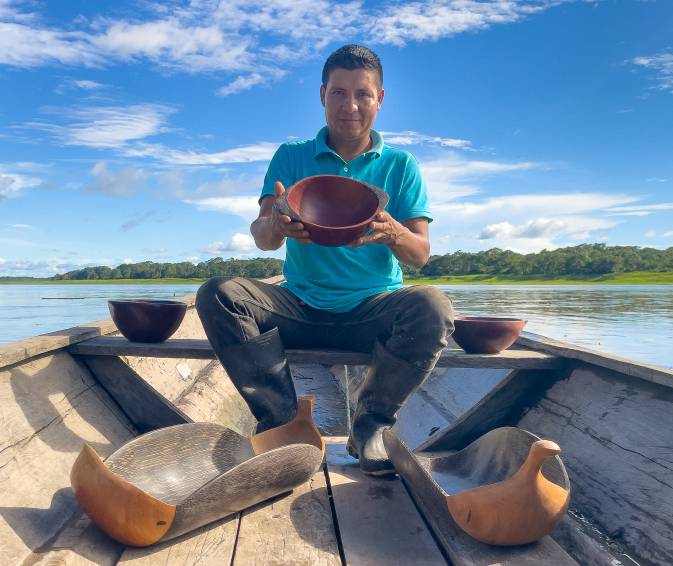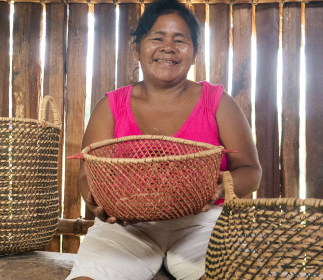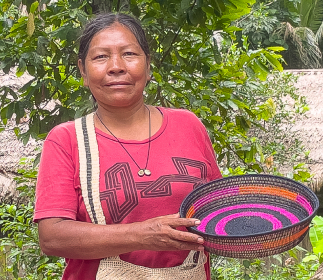Matilde Santos
Workshop: Corara
Craft: Pottery and ceramics
Trail: Amazon Route
Location: Mocagua, Amazonas
Before anything else, Matilde thanks her ancestors—her grandparents, her mother—for making her who she is. She knows very well that it was they who passed down to her the dreams of the river, the ones that sing of how Mowacha wove the jicra and the hammock, and how Aixcüna wove the tipití and the sifter, all crafted from huarumá and chambira. Matilde smiles, grateful for having grown up with the stories of these daughters of the Amazon who gave birth to the myth of this magnificent rainforest. She is aware that it is now her responsibility to continue telling those stories, to keep passing them down. And she does so, just like her mother, María Antonia, who wove. But Matilde tells her story through clay. She is one of the most respected master potters in the lungs of the world. A revered elder within her community, but more than that, she is a sweet and generous person who shares her knowledge with joy and abundance.
Matilde remembers walking through the rainforest as a child with her grandmother, Rosa Ángela. It was her grandmother who taught her to gather chambira, the thorny palm that the Tikuna people use to weave their hammocks and backpacks. She also taught her how to weave. The grandmother took her to the colorful wells, natural pits filled with clays of different shades, from which they made the large jars and pots they needed. These were secret, magical places. Matilde also vividly recalls how her grandmother showed her another secret, the apacharana tree, and how its bark, turned to ash, made the best mix for the clays they gathered. She remembers how her grandmother would bite a small piece of clay to check if it had sand in it—if it did, they would discard it for their work. When she felt the oily texture of the clay between her fingers, she knew it was the perfect material.
But just as Matilde was learning it all, at the age of nine, a woman from Brazil (from Ipiranga), who had come to plant rice, took her to Leticia to care for her newborn baby. She spent 15 years there, visiting her family only occasionally. It was during this time that Matilde learned Spanish, a language that later helped her serve as an intermediary for her community and to share her craft. After that long period away from her grandmother, she returned to her community in San Martín de Mocagua, and her grandmother made her take up the art of pottery with the seriousness of someone who knows they are carrying on a legacy.
And so, it has been. Now in her sixties, Matilde knows that shaping clay is much more than simply crafting vessels. In that clay lies the wisdom of a land, the secrets of the damp earth, the time of the hands, and the whims of fire, which must be treated carefully so it burns evenly. And if it doesn’t burn evenly, it leaves behind a unique, irreplaceable mark. She also knows that for years, the dead were laid to rest in clay urns, wrapped in earth, to return to the earth. Her bocona pots are used to serve the community’s chicha, and the large jars carry the water. She knows that her surname, Santos, preserves this tradition, as she has her sisters, Francisca and Dominga Santos, in San Martín de Amacayacu—other heirs to the potter’s knowledge of the Amazon. Today, Matilde protects her source of clay, near her home in Mocagua. She teaches pottery classes, when requested, at Calanoa, the renowned hotel by Diego Samper, located at the edge of the Amazon. She also studied tourism and works as an interpreter, promoting her culture with full pride and commitment.
Craft
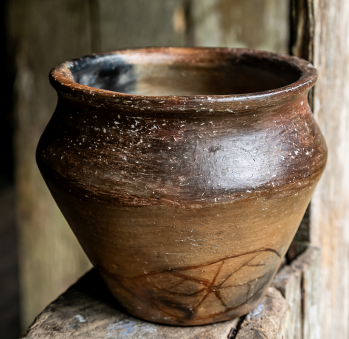
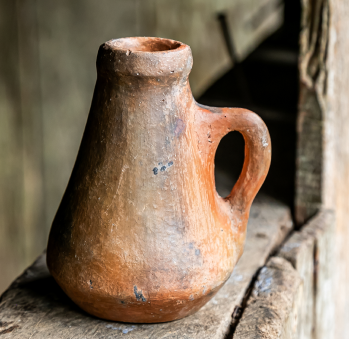
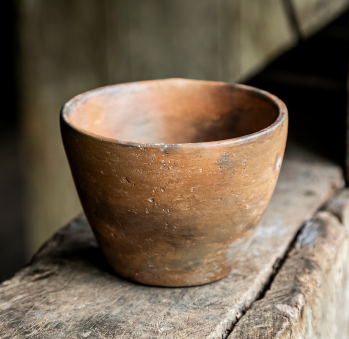
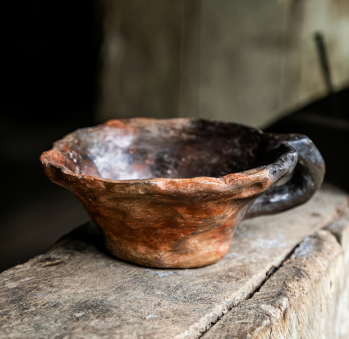
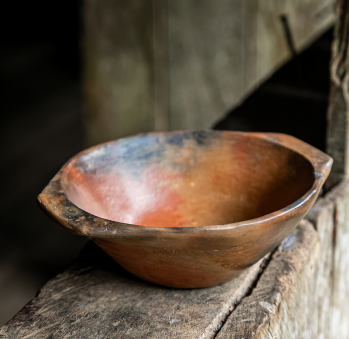
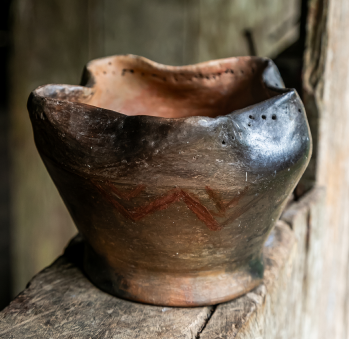
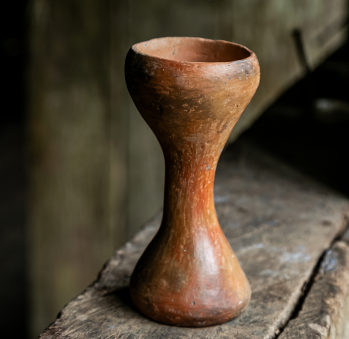
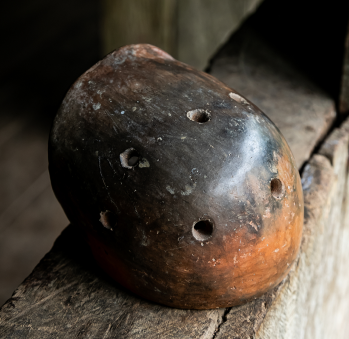








Artisans along the way
Artisans along the way
No puede copiar contenido de esta página

